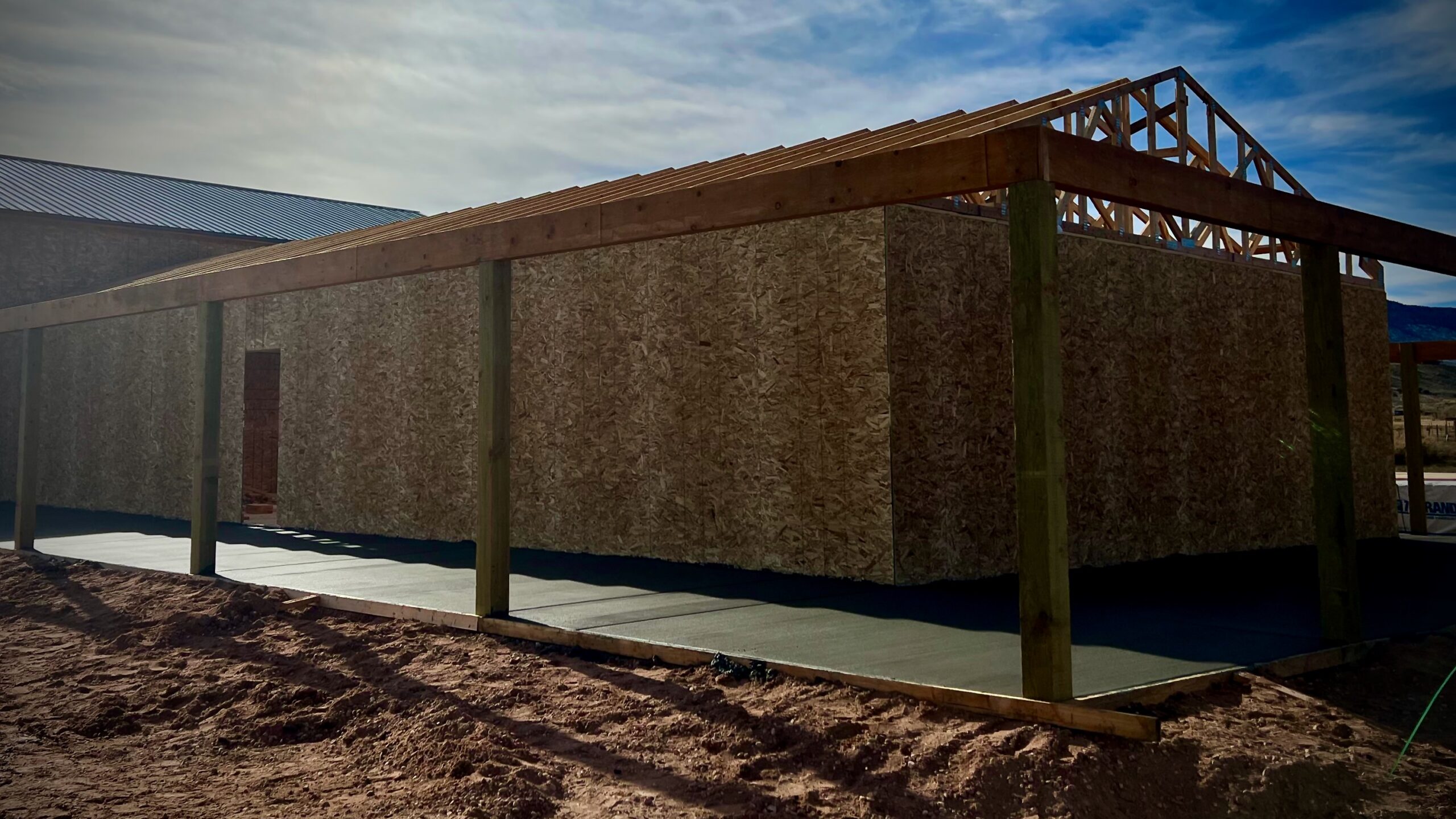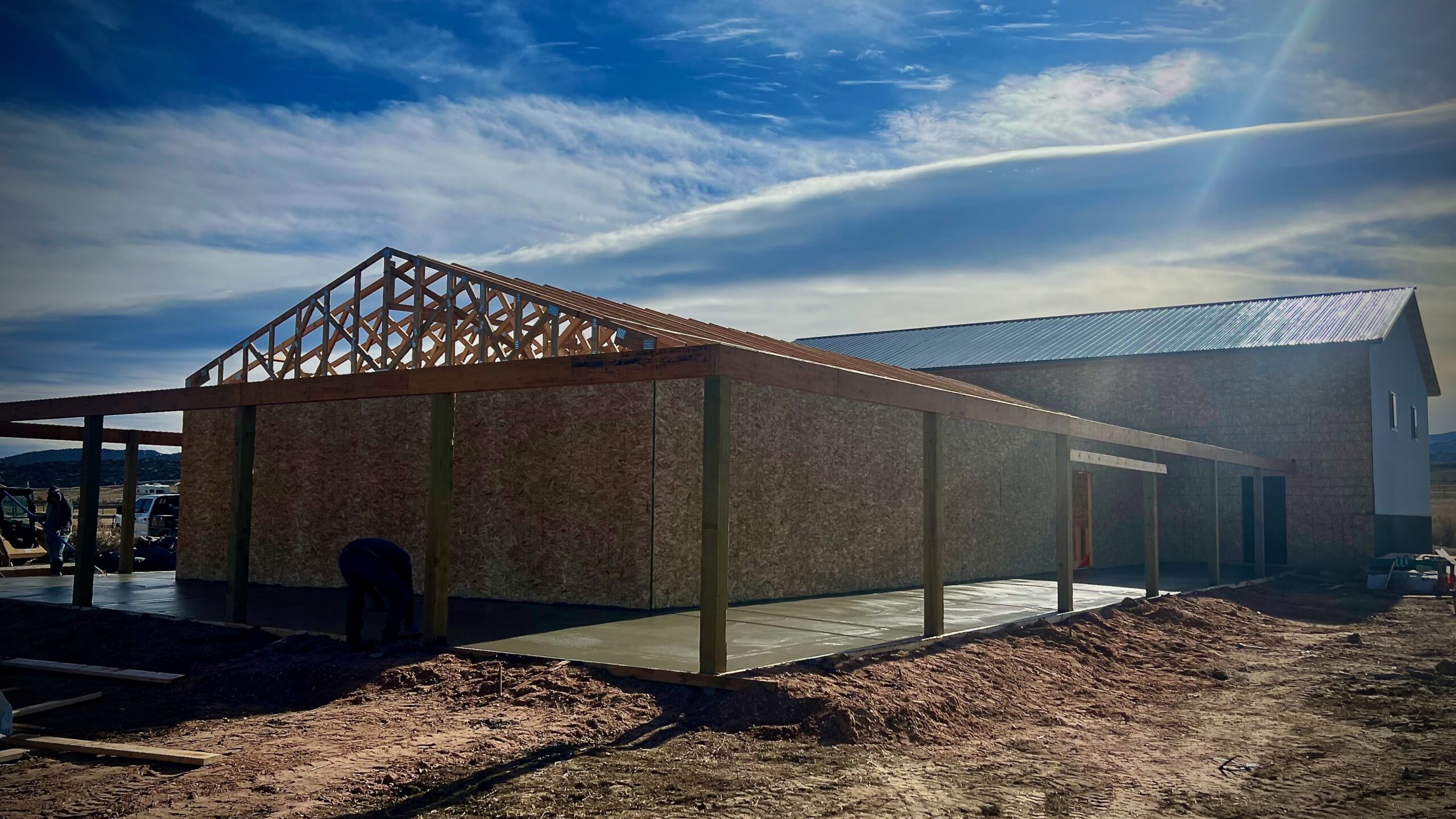Concrete slabs form the foundation of many structures, from homes to skyscrapers. Ensuring their durability and quality is paramount. The key lies in following the correct concrete procedures. Here’s a concise guide to help you lay a solid foundation, quite literally!
- Site Preparation:
Start with a clean slate. Remove any vegetation, topsoil, or debris from the area. Ensure the subgrade is compacted and level. For additional stability, consider adding a layer of road base and compact it as well.
- Proper Mix Design:
Selecting the right concrete mix is crucial. Ensure it has the correct proportion of cement, aggregates, and water. For slabs, a higher bag mix and low water-to-cement ratio is preferred, as excess water can weaken the slab and cause excess shrinkage producing more cracking.
- Reinforcement:
Reinforcing your slab with fiber mesh can greatly increase its tensile strength. This is especially important in areas prone to ground shifts or if the slab will bear heavy loads.
- Joint Placement:
Joints are necessary to control the cracking of the slab. They should be spaced about 30 times the slab thickness apart. So, a 4” thick slab should have joints every 10 – 12 feet.
- Regular Maintenance:
Though concrete is durable, regular inspections can help spot potential issues before they become severe. Check for cracks, surface wear, or any signs of sinking and address them promptly.
Conclusion:
Laying a concrete slab might seem straightforward, but the devil is in the details. By ensuring you follow each procedure correctly, you’re setting the stage for a slab that’s both durable and of top-tier quality. When in doubt, always consult with a professional to ensure your project stands the test of time.
There you have it! A brief guide to creating quality concrete slabs. Always remember, a solid foundation today means fewer problems tomorrow.



